From Project Management To AWS Training Architect
4.9 out of 5 based on 12876 votesLast updated on 4th Jul 2024 16.32K Views
- Bookmark

Becoming an AWS Solution Architect offers numerous opportunities for professional growth and fulfillment. So, read this blog post carefully.

Introduction
Changing from project management to becoming an AWS Training Architect can be a transformative career move. This path leverages your existing project management skills while immersing you in the technical and instructional realms of AWS. As cloud technology continues to grow, the demand for knowledgeable AWS professionals also rises. Whether you are looking to enhance your technical expertise or are driven by a passion for teaching, becoming an AWS Solution Architect offers numerous opportunities for professional growth and fulfillment.
This guide will provide a clear, step-by-step roadmap to help you make this transition smoothly.
From Project Management To AWS Training Architect: The Pathway
Switching careers can be a daunting task, especially when moving from project management to a technical field like AWS Training Architect. However, with the right approach and a clear roadmap, this transition can be smooth and rewarding.
Let us look at an easy-to-follow pathway to help project managers pivot into AWS Training Architecture.
Understanding the Roles
Project Manager
A project manager oversees projects from start to finish, ensuring they are completed on time and within budget. They coordinate team efforts, manage resources, and handle communication between stakeholders. Key responsibilities include planning project timelines, identifying and mitigating risks, and ensuring that project goals are met. Strong organizational and leadership skills are essential. Project managers also need excellent communication skills to keep everyone informed and aligned. Their role is crucial in ensuring that projects run smoothly and successfully, meeting the desired objectives and delivering value to the organization.
AWS Training Architect
An AWS Training Architect designs and delivers training programs for AWS services. They create educational materials, conduct training sessions, and stay updated on AWS advancements. Their role involves simplifying complex AWS concepts for learners, ensuring they understand and can apply AWS technologies. With a mix of technical knowledge and teaching skills, AWS Training Architects help individuals and organizations effectively use AWS services. This role requires continuous learning and adaptation, making it perfect for those who enjoy both technology and education. It's a dynamic and rewarding position in the ever-evolving cloud computing field.
Note: Croma Campus is one of the leading EdTech companies for providing the AWS Course in Delhi. You can check the details about the course, fees, and duration.
Steps to Transition
1. Assess Your Current Skills
Start by evaluating your existing skills. As a project manager, you already possess strong organizational, leadership, and communication skills. These are invaluable in any field, including AWS training.
2. Gain Basic AWS Knowledge
Before diving deep, familiarize yourself with the basics of AWS. Several resources can help you get started:
- AWS Free Tier: Use the AWS Free Tier to practice and learn.
- AWS Whitepapers: These documents offer a detailed understanding of various AWS services.
- AWS Training and Certification: AWS provides free digital training to help beginners.
3. Earn AWS Certifications
Certifications validate your skills and knowledge. Start with foundational certifications and then move to more advanced ones.
- AWS Certified Cloud Practitioner: This entry-level certification is ideal for understanding AWS basics. It covers AWS core services, pricing models, and support options.
- AWS Certified Solutions Architect – Associate: This certification dives deeper into designing and deploying scalable systems on AWS. It’s highly recommended for aspiring AWS Solution Architect.
- AWS Certified Developer – Associate: This certification focuses on developing and maintaining AWS-based applications. It's useful for understanding how applications interact with AWS services.
- AWS Certified SysOps Administrator – Associate: This certification emphasizes managing and operating systems on AWS. It's crucial for those interested in the operational aspects of AWS.
4. Gain Practical Experience
Hands-on experience is crucial. Here’s how to gain it:
- AWS Labs: AWS provides a range of labs for hands-on practice.
- Personal Projects: Build your own projects using AWS services to gain practical experience.
- Volunteer Work: Offer to help non-profits or small businesses with their AWS needs.
You May Also Read These Posts:
AWS Cloud Practitioner Exam Questions
AWS Developer Associate Salary In India
5. Enhance Your Training Skills
To be an effective AWS Training Architect, you need to be an excellent trainer. Here are some ways to enhance your training skills:
- Instructional Design Courses: Learn the principles of instructional design to create effective training programs.
- Public Speaking: Join groups like Toastmasters to improve your public speaking skills.
- Teaching Opportunities: Look for opportunities to teach, whether in your current job or through community education programs.
Note: The GCP Professional Cloud Architect certification equips professionals with the expertise to design, develop, and manage robust, scalable, and secure solutions on the Google Cloud Platform, driving business innovation.
6. Stay Updated with AWS
AWS Course Online is constantly evolving. Stay current with new services and updates:
- AWS Blog: Regularly read the AWS blog for the latest updates.
- AWS Conferences: Attend AWS’s annual conference to learn about new services and network with AWS professionals.
- AWS User Groups: Join local or online AWS user groups to connect with other AWS enthusiasts and professionals.
7. Networking and Community Involvement
Networking can open doors to new opportunities. Get involved in the AWS community:
- LinkedIn: Connect with AWS professionals and join relevant groups.
- AWS Forums: Participate in AWS forums to ask questions and share knowledge.
- Meetups and Conferences: Attend meetups and conferences to network and learn from others.
8. Apply for AWS Training Architect Roles
With your new skills and certifications, start applying for AWS Training Architect or AWS Developer Associate positions. Tailor your resume to highlight relevant experience and certifications. Prepare for interviews by practicing common questions and demonstrating your training abilities.
Note: If you are staying in Noida and looking for a Cloud Computing Course in Noida, do visit the Croma Campus and get a free consultation and the best course as per your requirements. We do provide 100% job assistance as well.
Relevant Cloud Computing Courses in Delhi/NCR:
Cloud Computing Course in Delhi
Challenges and Solutions
- Technical Learning Curve: Moving from a non-technical to a technical role can be challenging. Break down complex topics into manageable chunks and use practical projects to reinforce learning.
- Keeping Up with AWS Updates: AWS is a fast-evolving platform. Schedule regular study times to review new features and updates. Use a variety of resources, like blogs, courses, and community discussions.
- Balancing Learning and Current Job: Balancing a full-time job with learning new skills can be tough. Create a study schedule that fits your routine. Prioritize tasks and set realistic goals.
Thus, Transitioning from project management to an AWS Training Architect role is achievable with dedication and a structured approach. By leveraging your existing skills, gaining relevant AWS certifications, and continuously learning, you can successfully navigate this career change. Remember, the journey is as important as the destination. Embrace the learning process, and soon you’ll find yourself thriving in your new role as an AWS Training Architect.
Also, For more information visit here: Microsoft Azure Course Online
Conclusion
To summarise, the transition from project management to an AWS Training Architect is a challenging yet rewarding journey. By leveraging your project management skills, gaining AWS certifications, and acquiring hands-on experience, you can smoothly navigate this career change. Continuous learning and community engagement are key to staying updated in the dynamic AWS ecosystem. Embrace each step of the process, from foundational learning to practical application, and you'll find yourself well-prepared for this exciting new role. Remember, persistence and dedication are your allies in achieving success as an AWS Developer Associate or AWS Training Architect.
Relevant Cloud Computing Online Courses:
Best Cloud Computing Courses in India
Subscribe For Free Demo
Free Demo for Corporate & Online Trainings.
Your email address will not be published. Required fields are marked *


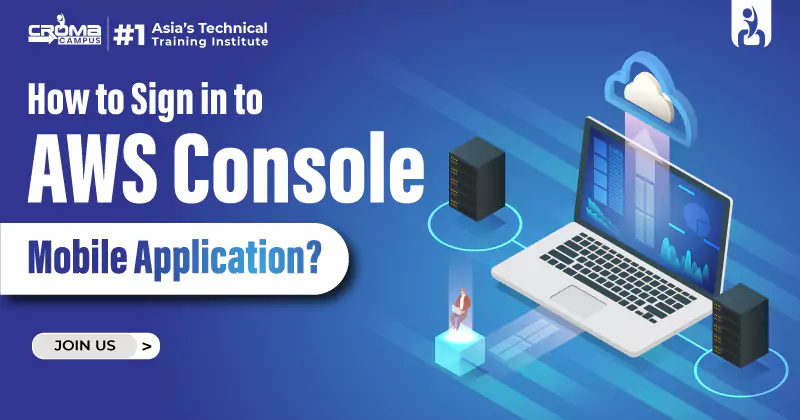

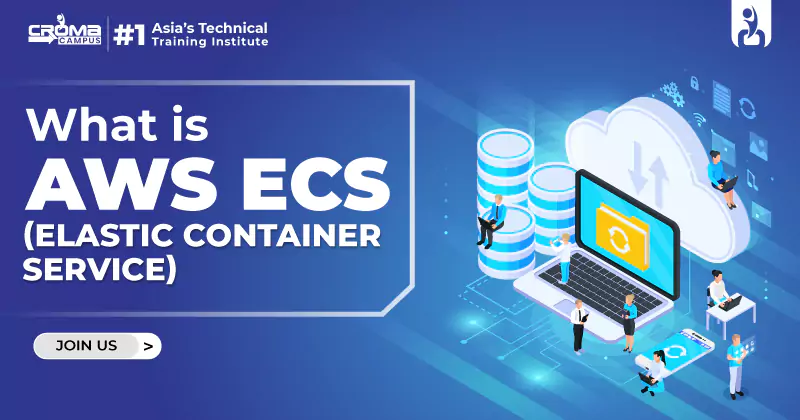

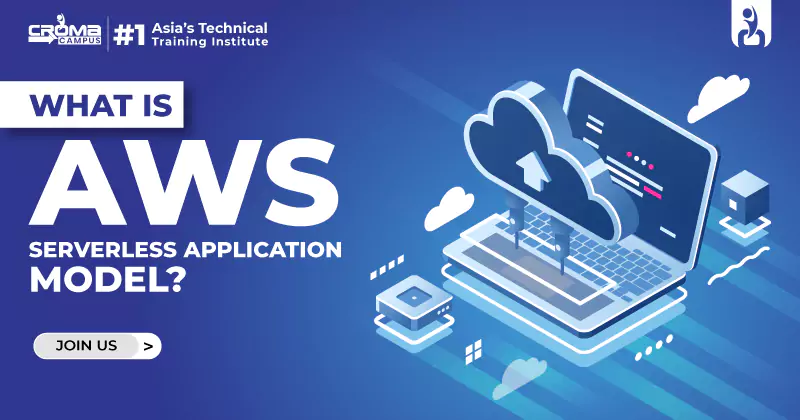
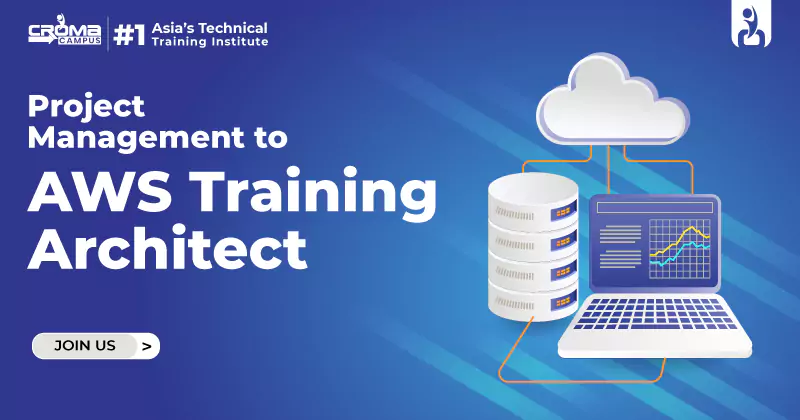

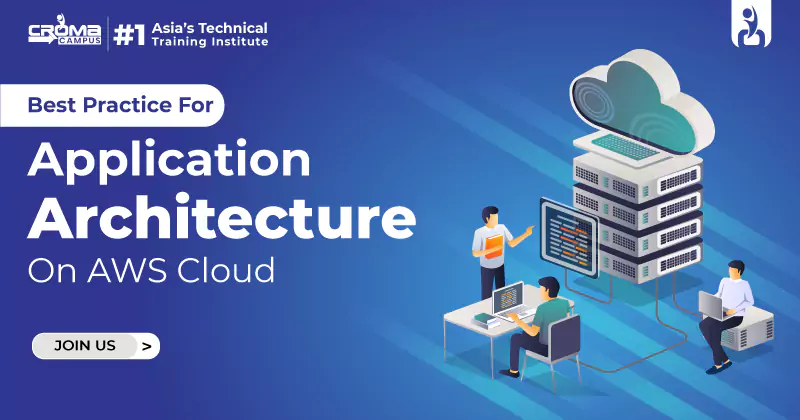
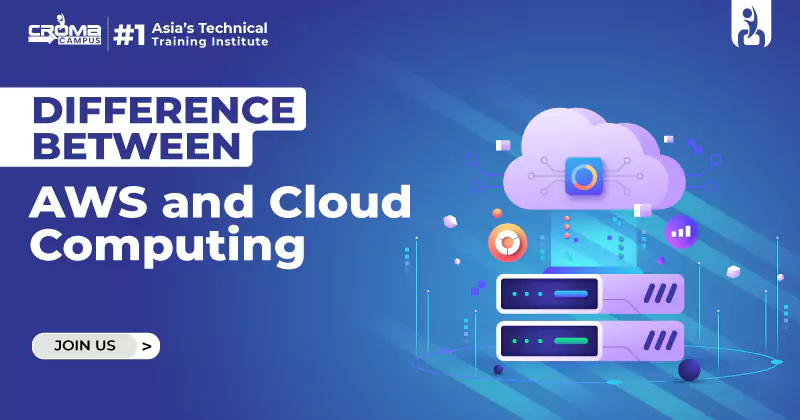










 Master in Cloud Computing Training
Master in Cloud Computing Training